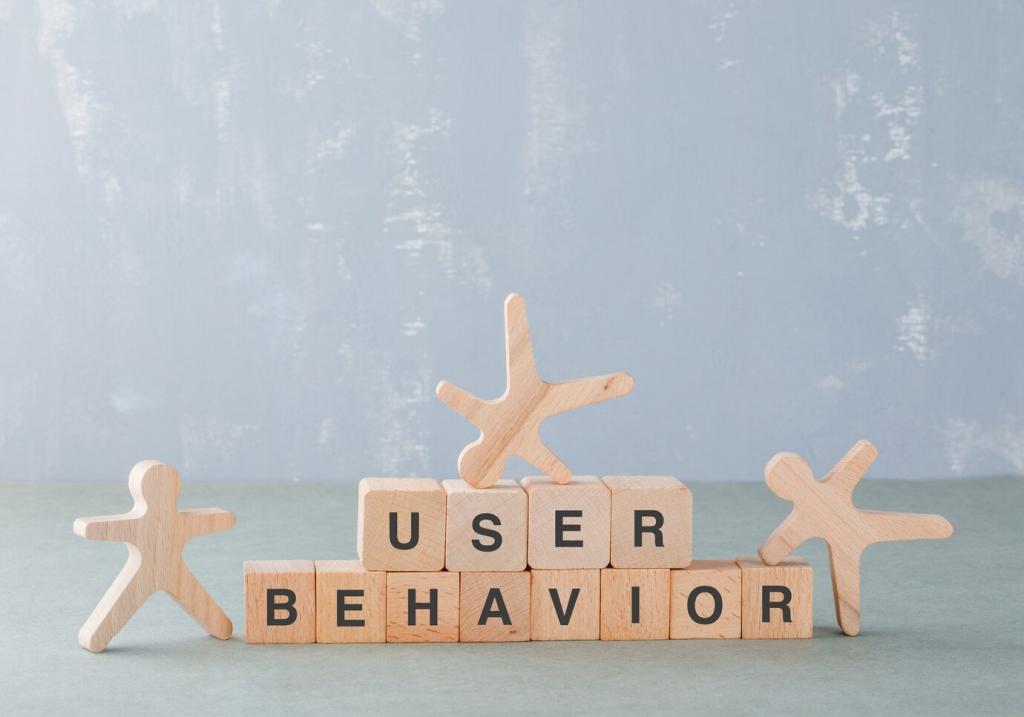
Lead with Calm Power: Mind-Body Practices to Improve Leadership Skills
Chosen theme: Mind-Body Practices to Improve Leadership Skills. Step into a leadership journey where your breath steadies the room, your posture signals trust, and your mind focuses with purposeful calm. This home base brings practical, science-informed rituals that help you make wiser decisions, inspire people, and navigate pressure without losing your center. Subscribe for weekly micro-practices, share what works for you, and let’s build a community of embodied, resilient leaders.
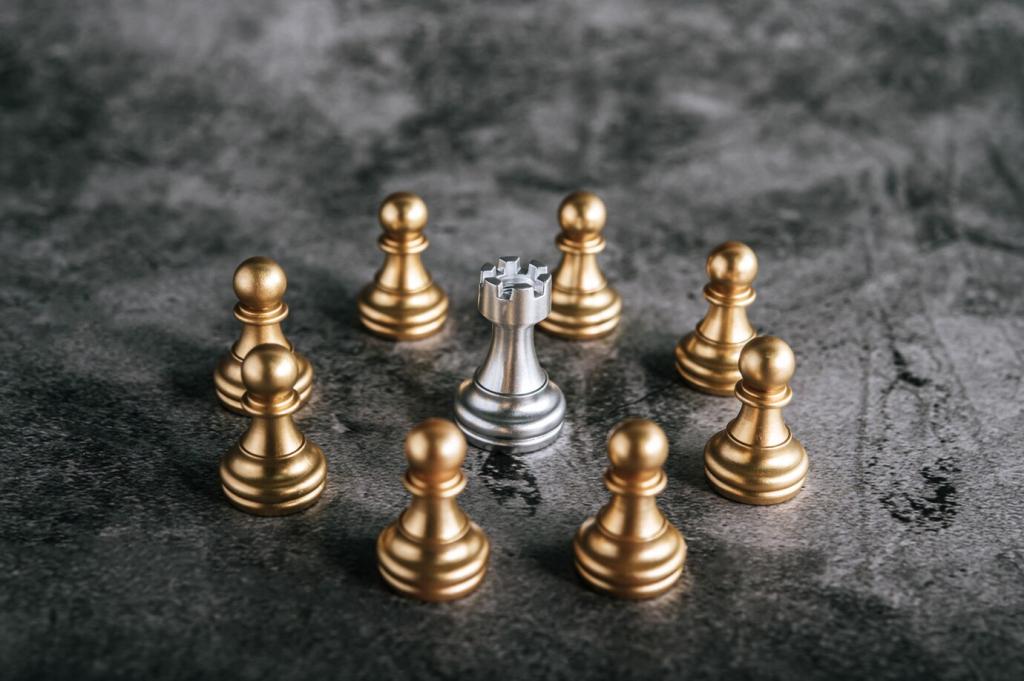
Why Embodiment Fuels Better Decisions
Leaders often think faster when they first slow down. By anchoring attention in breathing, posture, and sensation, you create signal clarity, reduce knee-jerk reactions, and respond with deliberate authority rather than fragile certainty.
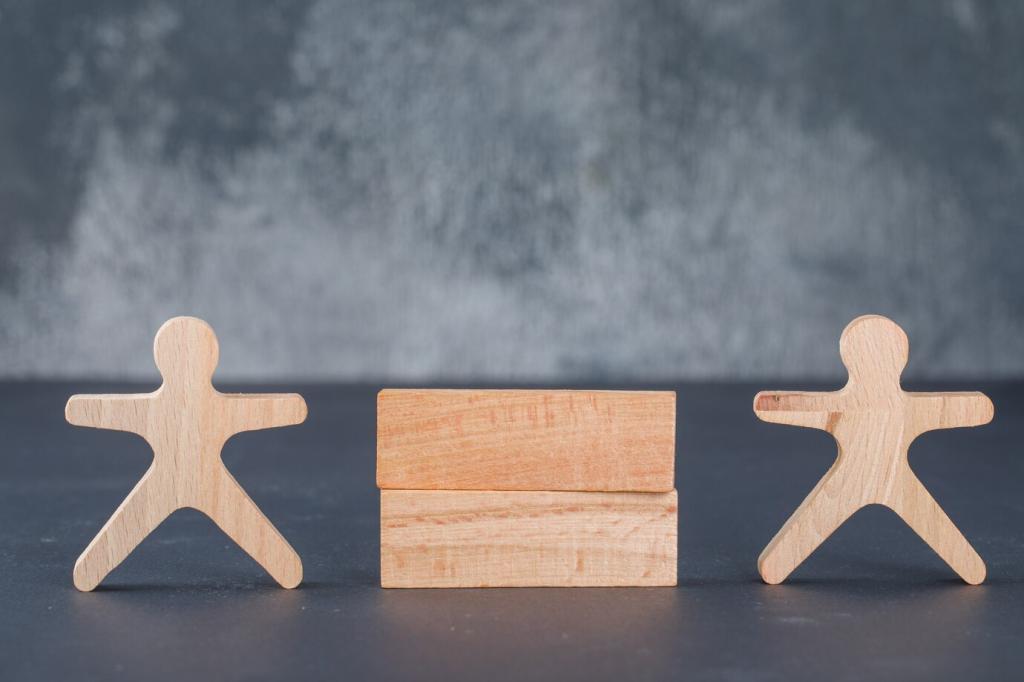
Stress Physiology, Vagus Nerve, and Cognitive Flexibility
High vagal tone correlates with better emotional regulation and executive function. Practices that elevate heart-rate variability cultivate adaptability under pressure, preserving perspective and creativity when stakes rise and conversations become challenging.
Breathwork for Composure and Clarity
Inhale four, hold four, exhale four, hold four—repeat five rounds. This simple rhythm stabilizes attention and heart rate, letting you enter the conversation composed, prepared, and attentive to subtle cues from your team.
Breathwork for Composure and Clarity
Take a deep nasal inhale, sip a second quick inhale on top, then exhale slowly through the mouth. Two to three rounds drop anxiety quickly. Use discreetly between agenda items for reliable state management.
Breathwork for Composure and Clarity
Keep your mouth closed during focused work blocks. Nasal breathing improves nitric oxide availability and may support clearer cognition. Share your experience after a week, and we’ll feature helpful tips from readers.
Mindfulness and Micro‑Meditations for Busy Leaders
01
Sixty-Second Meeting-Start Check‑In
Invite everyone to notice one breath and silently name their current state. This normalizes awareness, reduces defensiveness, and builds psychological safety. Try it this week and comment on how the conversation quality shifts.
02
Noting Practice to Defuse Reactivity
When irritation spikes, silently label: thinking, judging, tightening, worrying. Labeling interrupts autopilot, making room for a more skillful response. Leaders report fewer regrettable emails and smoother follow-ups after consistent practice.
03
Ten Minutes That Change the Day
Commit to ten minutes of focused attention on breath or sound. Expect mind-wandering; gently return. Over weeks, you’ll notice quicker recovery from triggers. Subscribe for a guided audio and weekly accountability nudges.
Grounding Through the Feet During Tough Conversations
Feel your heels, widen your stance slightly, and release your jaw. This reduces sympathetic overdrive and steadies your tone. One CTO told us this saved a performance review from spiraling into needless conflict.
Power Posture Without Posturing
Lengthen the spine, roll shoulders back and down, soften the belly, and widen your peripheral vision. You’ll project confidence without rigidity. Invite your team to try it, then share reflections in our community thread.
Body Scan to Catch Early Burnout Signals
Sweep attention from crown to toes, noticing tightness, heat, or fatigue. Early detection enables small interventions before crises. Set a daily reminder and message us your favorite micro-reset for midday overwhelm.
Visualization and Mental Rehearsal for Influence
Picture the room, hear your opening line, feel your breath slow, see supportive faces. Rehearse transitions and graceful responses to tough questions. Comment with your script; we’ll share a formatting template next week.
Visualization and Mental Rehearsal for Influence
Visualize setbacks as data, not identity. See yourself reviewing facts, breathing evenly, and extracting lessons. This resets narrative tone and keeps teams curious, motivated, and committed after difficult outcomes.
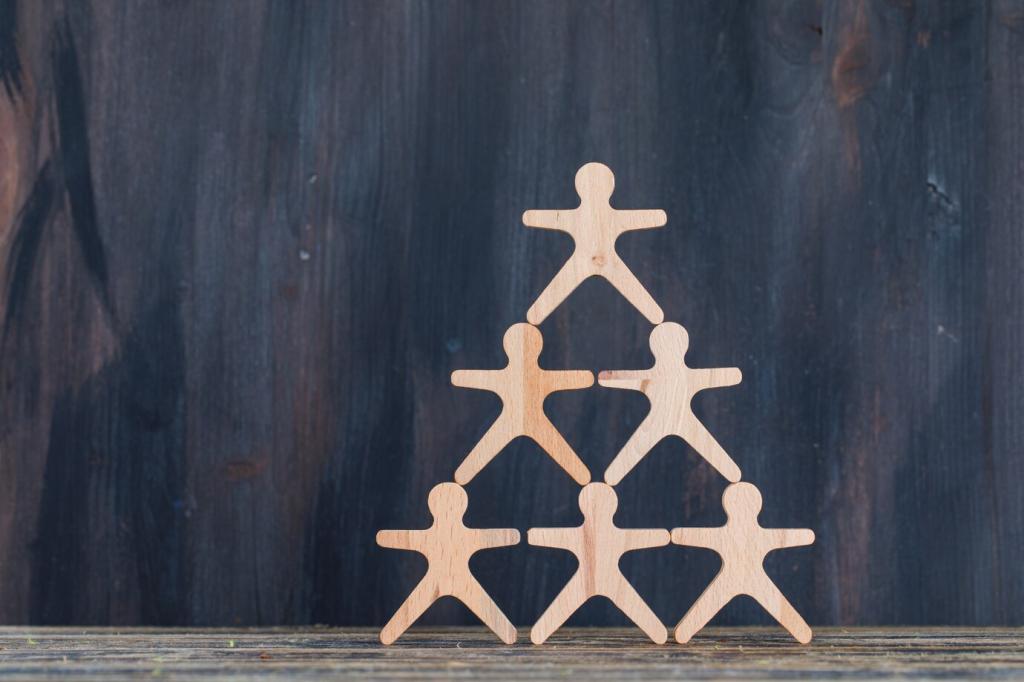
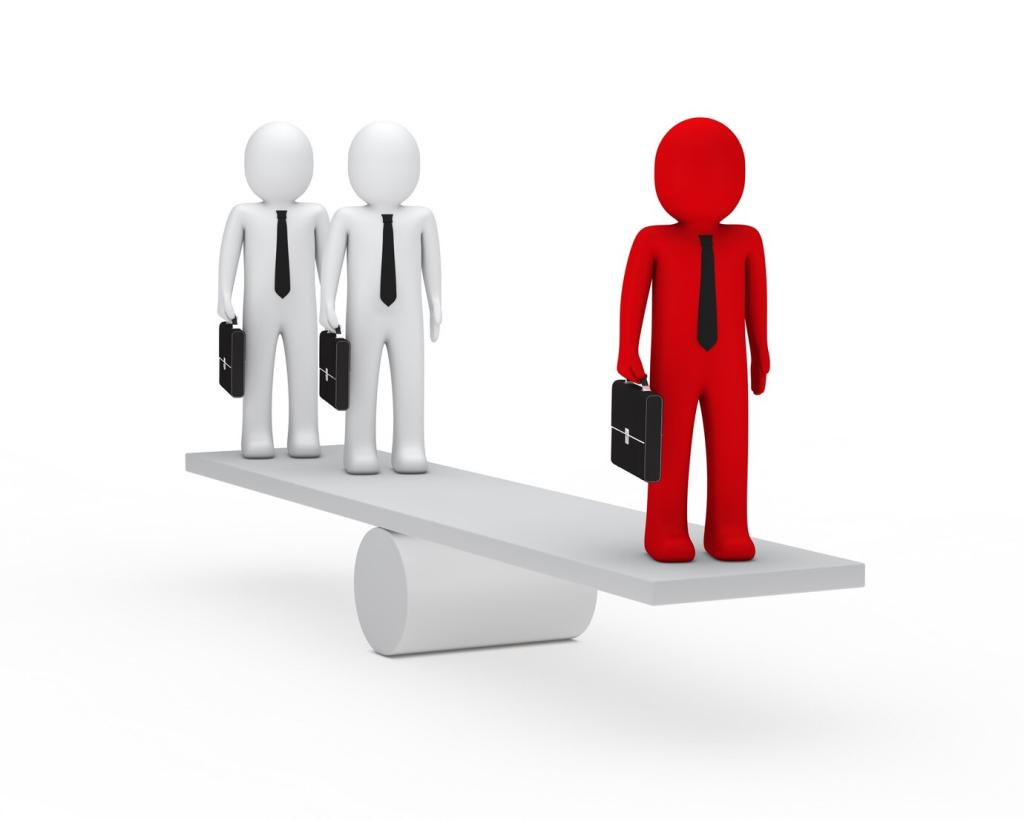

Recovery Rituals that Protect Strategic Thinking
Dim screens two hours before bed; switch to warm light; capture lingering tasks in a notebook. Better sleep stabilizes mood and memory consolidation. Share your wind‑down routine; we’ll compile the most realistic examples.
Recovery Rituals that Protect Strategic Thinking
Get outdoor light within an hour of waking and spend five minutes on spine and hip mobility. You’ll boost alertness naturally and reduce afternoon slumps. Post your favorite micro-routine to inspire other readers.
Compassion Practices that Grow Emotional Intelligence
Silently repeat: may they be safe, healthy, and free from needless stress. This softens threat detection and opens listening. Leaders report calmer hiring panels and more constructive code reviews after consistent use.
